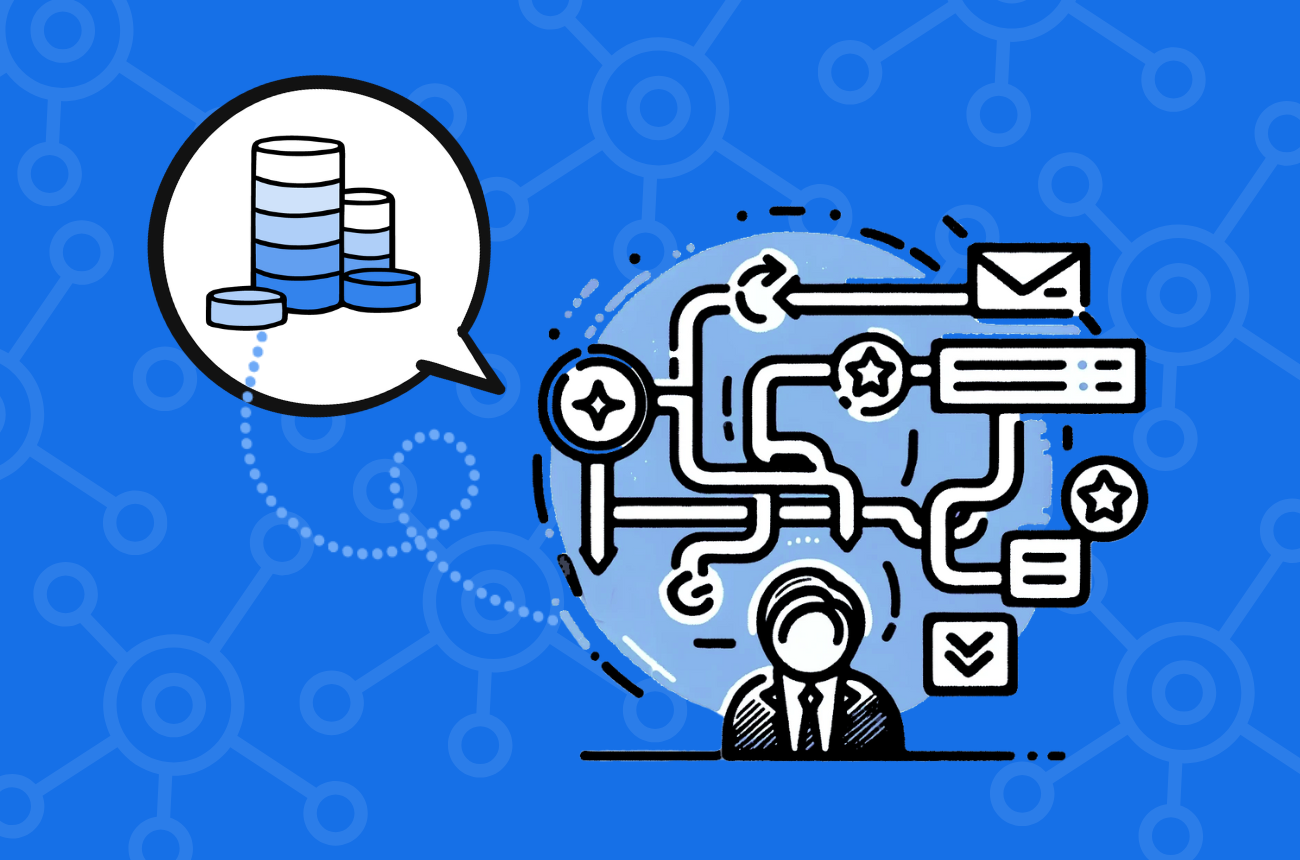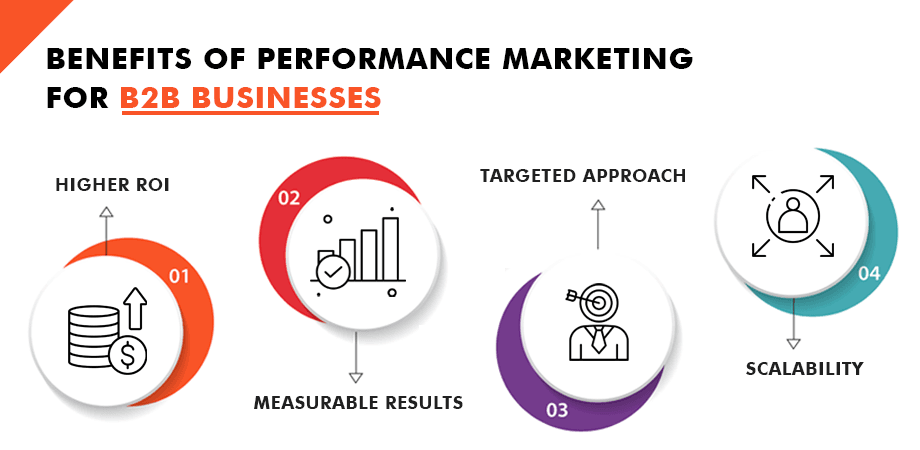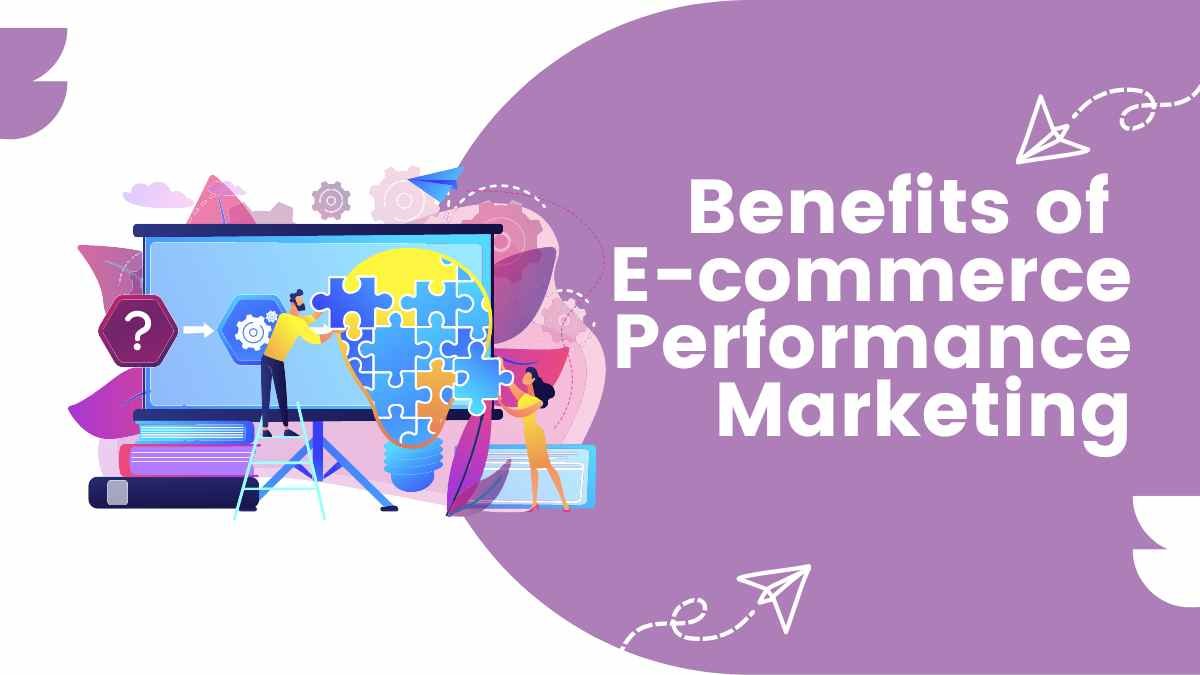First-party data is now the backbone of clever marketing. With new privacy rules and the decline of third-party cookies, brands must understand how to collect and utilise their customer data — the right way. A clear strategy helps you boost your performance marketing, improve brand positioning, and maximise the benefits of your SEO and PPC services.
Let’s see how you can do this step by step.
What Is First-Party Data?
First-party data is the information you collect directly from your customers and website visitors.
It comes from:
- Website visits
- Email sign-ups
- App usage
- Surveys
- Purchases
- Social media interactions
This data is yours. You control it. And your customers trust you to use it wisely.
Why First-Party Data Matters
High-quality first-party data enhances the effectiveness of your marketing efforts. Here’s why:
- More Personal: You know what your customers want.
- Better Ads: You target the right people, not random ones.
- Saves Money: Your SEO services and PPC services become more cost-effective.
- Builds Trust: People like brands that handle data with care.
- Boosts Brand Positioning: You stand out as a trustworthy and reliable brand.
How to Build Your First-Party Data Strategy
Follow these simple steps to build a plan that works:
1. Set Clear Goals
Ask yourself:
- What do I want to know about my customers?
- How will I use this data in my performance marketing?
- Do I want to grow sales, get more leads, or improve loyalty?
Clear goals help you collect only what you need.
2. Check What You Already Have
- Look at your current data.
- Is it clean and accurate?
- Do you have old or duplicate data?
- Where do you store it?
A data check shows you where you stand.
3. Give People a Reason to Share
People don’t share info for free. You must give them something valuable.
Try:
- Discounts or coupons
- Loyalty rewards
- Helpful newsletters
- Free webinars or e-books
- Fun quizzes or contests
Make it easy for them to say “yes.”
4. Use the Right Tools
Good tools make your life easier. They help you collect, store, and use data appropriately.
Popular tools include:
- CRM systems for customer profiles
- Email marketing tools for campaigns
- Analytics tools to track results
Invest in tools that fit your budget and needs.
5. Respect Privacy
Privacy is key. People want to know their data is safe.
Always:
- Be clear about what you collect
- Please explain how you use it
- Update your privacy policy
- Follow data protection laws
Respect builds trust, and trust keeps customers coming back.
6. Connect Your Channels
Don’t let data sit alone. Bring it together.
Combine:
- Website visits
- Email clicks
- Social media actions
- In-store sales
This provides a comprehensive view of your customer journey. It also helps your SEO and PPC services perform better.
7. Train Your Team
Your strategy is only effective if your team knows how to implement it.
- Teach them about data privacy.
- Show them how to use your tools.
- Keep them updated on new rules.
An innovative team keeps your data clean and functional.
8. Test and Improve
Your first-party data strategy should evolve in tandem with your business.
- Test what works best.
- Track results from your performance marketing.
- Try new ideas.
- Fix what doesn’t work.
Minor tweaks can lead to big wins.
How First-Party Data Helps Performance Marketing
When you use first-party data, your marketing becomes sharper:
- Ads reach real people who care about your brand.
- You waste less money on poor targeting.
- You build loyalty with better content and offers.
Add this to strong SEO services and PPC services, and you’ll see more clicks, leads, and sales.
Real Value for Customers
Explain to your customers why sharing data is beneficial for them.
- Better deals
- Relevant offers
- No useless ads
- More control over what they see
When they see the value, they’ll trust you more.
A first-party data strategy is not just a trend — it’s your new best friend.
It keeps your marketing bright and your brand strong.
It makes your ads more effective and your messages more personal.
And most of all, it builds trust in a world where trust is everything.
So:
- Set goals.
- Collect carefully.
- Respect privacy.
- Use the right tools.
- Keep learning and improving.
Your customers will thank you — and your business will grow.
Ready to take your performance marketing to the next level? Start building your first-party data strategy today. The sooner you begin, the stronger your brand positioning will be in the future.



